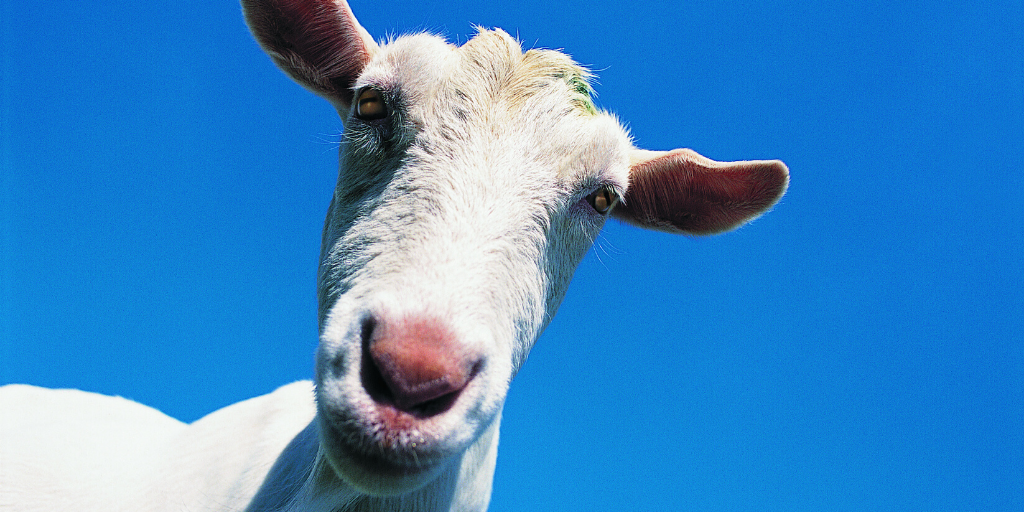One of my best friends and I are very different people. I’ve worked on my family’s farm and have been showing our animals for years. I sign up for any activities relating to agriculture I can find. She, on the other hand, didn’t exactly grow up in the city, but when I once let her visit one of my cows, 30 seconds was enough for her to get her farm fix.
It seems like a good time to mention that this friend is now in the process of applying to law school. She knows more about politics than I ever will or want to. The takeaway here: each of us has our different strengths, things that we do better than the other. This is a principle that we learn in elementary school and see play out in our everyday lives. But have you ever thought about how it applies to livestock?
Cattle are a great example of one species with different skills. You have probably noticed before that some cows appear thinner and others are, as the name implies, beefier. The resulting difference between beef and dairy cattle is the result of years and years of selective breeding for different traits. Farmers breed cows and bulls with leaner muscling together to develop even better beef, and others breed lines of animals known for higher milk production. Makes sense, right?

So what about the goats?
If you came here because of the cute goat picture, don’t worry, we’re getting there. Did you know that goats are diversified just like cattle? All around the world, meat goats are bred for their muscle and dairy goats are bred for their milk. Let’s take a deeper look at what exactly that means.
Dairy goats make the milk (and cheese and…soap?)
According to the U.S. Department of Agriculture (USDA), there were 373,000 dairy goats in the U.S. in 2017–a 61 percent increase from 2007! Dairy goats are the fastest growing livestock sector in the country, but Americans are just catching on to the trend. In many countries, dairy goats are the choice for milk production because they are smaller and easier to maintain than dairy cows. Goat’s milk may even be more comfortable to consume than cow’s milk for some people. Carrie Liebhauser is the marketing director of LaClare Family Creamery in Wisconsin. “Goat’s milk isn’t free of lactose but it’s lower, and the fat globules in goat’s milk are much smaller and break down more easily,” she says.
All this is to say nothing of the tremendous goat cheese market that has exploded in recent years. Many flavors of soft feta can be found in nearly any supermarket now, and some dairy goat producers have innovated their own special varieties. Goat cheeses cook differently than cow cheeses, and a gourmet culture has evolved around goat’s milk foods. But if the taste isn’t really your thing, you can still support goat producers. An assortment of soaps and lotions are popping up at many farmer’s markets.
There are six main breeds of goats raised for milk production in the U.S., all different in their colors, sizes, and traits. Saanens are the highest-producing breed at an average of 2,500 pounds of milk in a single year! That’s enough milk for about 250 pounds of fresh chevre.

Goat meat a new staple?
Using goats for meat is less common in the U.S. than in many other places, because chevon is a popular part of cuisine in North African, Middle Eastern, and African diets, just to name a few. But demand has been growing in American and European cultures over the past few decades, dispelling the ideas that goat is “tough” or a “barnyard meat.” There’s still a lot of room to grow, though. Goat meat has been cited as a great source of lean protein, even lower in cholesterol and fat than other red meats. Still not convinced of the benefits of goat? Check out this article.
Most goats raised for meat in the U.S. are Boer goats, a breed native to South Africa that didn’t make it’s way to America until 1993. Boer goats are fast growers and easy to maintain, making them ideal for meat production. Their African heritage also makes them hardier for more harsh environments. A 2012 USDA study found that about half of all goat operations in the west were focused on meat production versus dairy (as opposed to only a quarter of goat farms in the northeast).

A bit of everything
Now we know that not all goats are created equally. From cheese to burgers, goats have the potential to become a major livestock species. In that regard, Americans can take a page out of the rest of the world’s book.
All posts are the opinion of the author and do not necessarily represent the view of the Animal Ag Alliance.







